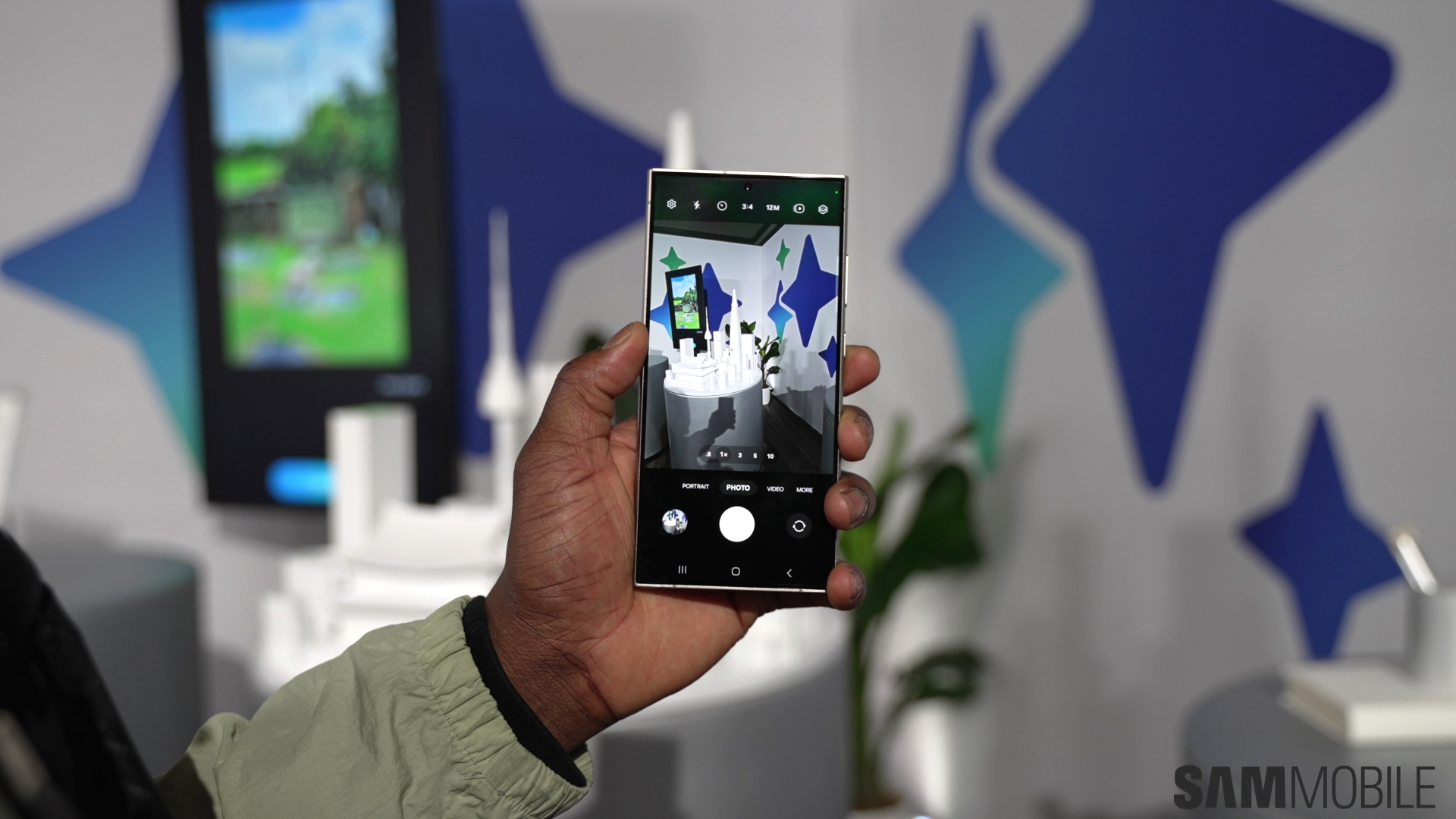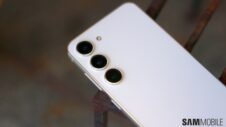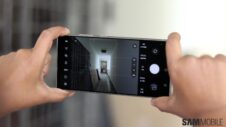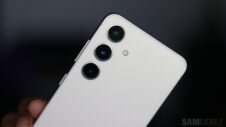Although Samsung's camera app on Galaxy phones is quite advanced and has plenty of features, the company launched the Expert RAW app a couple of years ago for camera enthusiasts and professionals who want even more features. It looks like Samsung will soon add one more advanced feature to the app.
Expert RAW app could soon bring AstroPortrait mode to high-end Galaxy phones
According to a report from Android Authority, the Expert RAW app could soon get a new mode called AstroPortrait. It will help users capture portrait images of people where the background contains the night sky with stars and other cosmic objects. This mode was unveiled by analyzing the code of the latest version of the Expert RAW app.
Some code strings in the app revealed that the user needs to capture a photo with a person in the frame, then ask the user to move away from the frame (after the flash goes off), and then capture the night sky scene again without moving the phone. So, it is like a mixture of Astrophotography and Portrait modes.
Samsung may announce the AstroPortrait mode with a future version of Expert RAW. Earlier today, the company released a new version of the Expert RAW app that brought the Auto ND Filter option. This app is only compatible with high-end Samsung phones, including Galaxy Note 20 Ultra (and newer), Galaxy S20 Ultra (and newer), and Galaxy Z Fold 2 (and newer).
Author's Note: The AstroPortrait mode in Samsung's Expert RAW app sounds eerily similar to the Astro Portrait mode that debuted with the Vivo X100 Pro. Whether Samsung will do a better job than Vivo remains to be seen, especially since the Vivo X100 Pro has a bigger primary camera sensor than the Galaxy S24 Ultra (or previous Ultra phones).
Since bigger camera sensors have bigger individual pixels than the ones on 200MP camera sensors used in Samsung's phones, they should be theoretically better at absorbing more light and capturing clearer images with more shadow details and lower noise. However, with advanced high-end phones, camera sensors aren't everything, and better algorithms can help bring out better image quality even from a relatively worse camera sensor.







